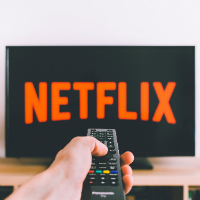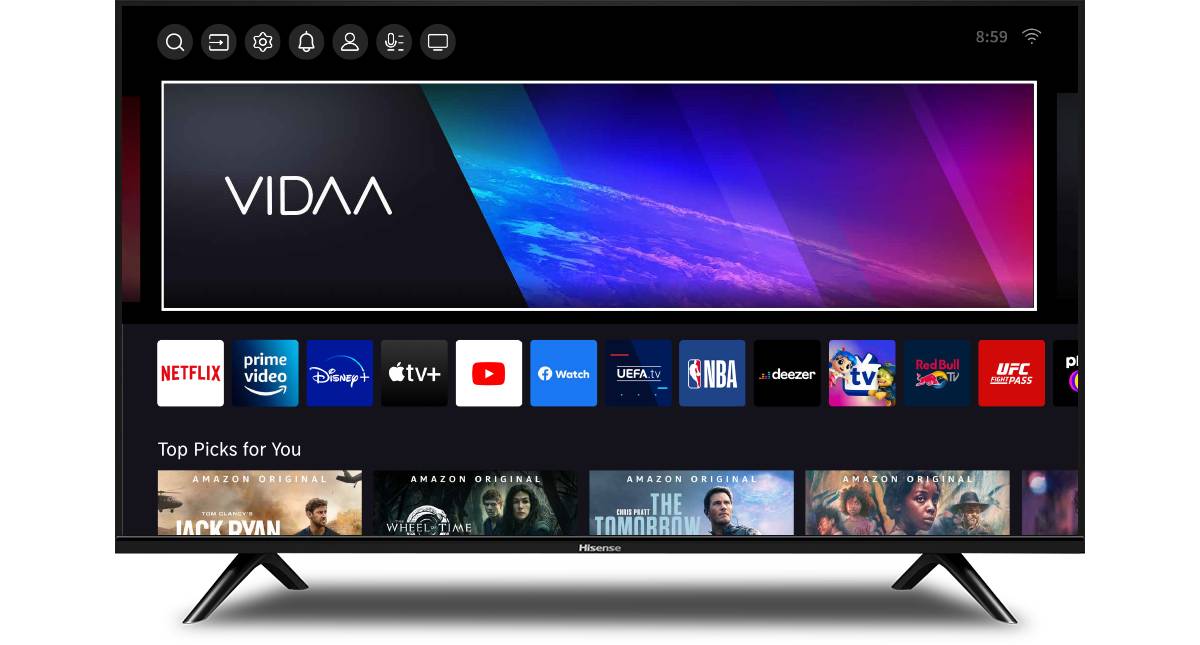 The subscription video on-demand (SVOD) market is set for a shake-up over the next year, particularly in the US where new streaming services from Disney, WarnerMedia and NBCUniversal will debut.
The subscription video on-demand (SVOD) market is set for a shake-up over the next year, particularly in the US where new streaming services from Disney, WarnerMedia and NBCUniversal will debut.
But with every new service that’s announced, the question that’s raised is always “At what point will people start refusing to pay for yet another streaming service?”
This is partly a question of whether consumers actually want any more content. The ‘content wars’ between existing players has led to a glut of high quality original TV shows being pumped out at a blistering pace – do audiences really need any more?
Jon Watts, co-founder and managing partner at MTM, says research conducted by MTM suggests that consumers are satisfied with what’s already available.
“For some time, the results have been pretty consistent, in most major markets: the large majority of consumers are typically satisfied or very satisfied with their range of TV services, and aren’t necessarily looking for even more entertainment content,” said Watts. “So, in the UK, for example, a Sky subscriber with Netflix and perhaps Amazon as well, plus access to the PSB video services, is extremely well served.”
Watts does believe however that there are still opportunities for “niche and thematic offerings” which cater to specific audiences and interested that aren’t covered by the incumbents. And the landscape may change as content owners like Disney cut off rights to other platforms, though Watts says this will take time to happen due to existing commitments and contracts.
Jim O’Neill, senior analyst at Ooyala, looked at the SVOD saturation in Ooyala’s recent State of the Broadcast Industry report – anf takes a more bullish view and believes that the right content will entice viewers in to new services.
“I spend $278 a year to watch 16 football games – it’s insane!” said O’Neill. “But I’ll do it again next year, and I’ll do it again the year after that, because it’s content I can’t get anywhere else.”
This point touches on the other key consideration – price. Even if audiences have an appetite for more content, is that appetite strong enough for them to cough up for the new apps?
The data looks mixed across different markets. A study from Parrot Analytics last you found that in the US, 49 percent of consumers were unwilling to pay for even one streaming service, let alone several. Less than five percent were willing to pay for four or more. But in other markets it was a different story – 82 percent of Italian respondents said they would pay for one or more SVOD service, and in the UK, nearly ten percent were willing to pay for four or more.
O’Neill argues that in part it’s a question of whether consumers treat SVOD services as a compliment to traditional pay TV, or as a substitute. If it’s treated as a substitute, then it looks like there’s plenty of room for growth. “When you look at the amount of money that an American pays for a pay TV service, the average price is around $107 per month. That’s an awful lot of SVOD,” he said.
There are signs that this change over to SVOD is happening. UK communications regulator Ofcom reported last year that paid subscription services have overtaken pay TV services in terms of the total number of subscribers.
The Inertia Effect
One thing working in the pay TV establishment’s favour is inertia. Consumers won’t necessarily change how they spend their money, even when it makes perfect sense to.
Finecast CEO Jakob Nielsen believes the effect of inertia shouldn’t be underestimated. He gave the example of dial-up internet – AOL continued to make billions from dial-up internet subscribers even after the introduction of broadband, which gradually decline over time. Many held on to dial-up, despite the fact that they could get much faster internet for a better price elsewhere.
Similarly, consumers might hold on to pay-TV, even when they’d be better served by SVOD.
But inertia can also work in the SVOD services’ favour – some might continue paying for existing SVOD services like Netflix and Amazon Prime Video while also signing up to new services, without really considering the cost.
Research shows this effect in action – a recent study by Waterstone Management Group found that 84 percent of consumers don’t even know how much they’re paying for Netflix. It seems people aren’t yet sitting down and calculating how much they’re paying overall on entertainment.
“That’s human behaviour, that’s how we all are, and therefore my thinking is it will still take time for these SVOD services to be challenged for what we pay for them,” said Nielsen.
He does, however, believe that a time will come when consumers do start making those calculations. That could be hastened if economic conditions worsen and Western economies enter recession, or recession-like conditions.
But O’Neill argues that when consumers do get used to unsubscribing from services that aren’t delivering value, it won’t be a bad thing for the SVOD market. It might even make room for more players.
“One of the reasons that we do love about SVOD services is that they’re really easy to turn off – if you want to turn it off at the end of the month, you can do that and you don’t get charged,” he said. “That’s a beautiful thing.”
He argues that if consumers become confident in subscribing to SVOD services for short periods when they want to watch specific content, and then unsubscribing when they don’t need it, SVOD services will adapt accordingly. Service providers will simply capitalise on subscribers’ willingness to pay proportionally more for shorter term subscriptions (e.g, $5 for a week rather than $10 for a month) and perhaps be able to sell to a wider market.
Where Does AdVOD Fit In?
If there really is still room for growth in the SVOD market, what does that mean for ad-supported video on-demand (AdVOD)? One of the arguments in favour of AdVOD has been that when consumers run out money to pay for SVOD, they’ll turn to AdVOD instead.
O’Neill believes that younger consumers are sold on the SVOD experience, and are unlikely to want to return to ad-filled programming. “The reality is, people have gotten really used to SVOD services, having content when and where they want it, and being able to binge on it without having to stop for ads. And it’s rare when we progress like that to go backwards.”
But a less intrusive ad experience might make AdVOD more appealing than it currently is. Nielsen believes that the internet has made consumers used to not paying for content, especially where it’s not exclusive or original. And with lower ad loads and more relevant ads, he says it will become much more attractive to consumers.
But all those VAN spoke to seemed to agree that the future will include a mix of SVOD and AdVOD, with hybrid models of the two becoming more popular. We may see a rise in models where users pay smaller amount for reduced ad loads, rather than completely ad-free services – a model that bears resemblance to the pay TV of today.
“It may be that the new world looks rather similar to the old one, only more widely distributed,” said Watts.




